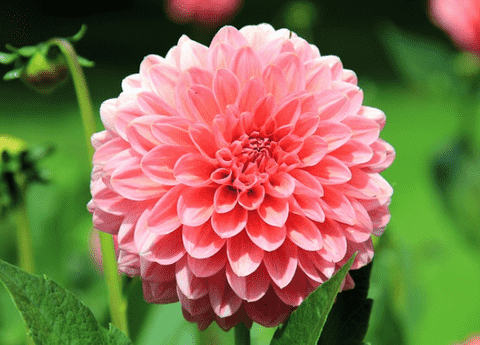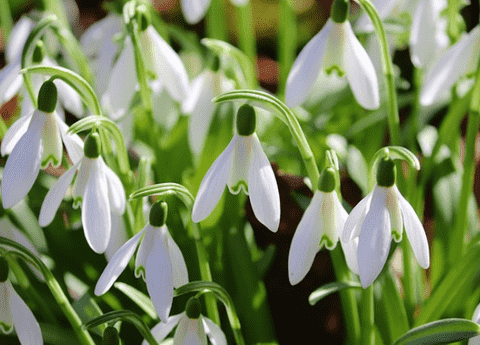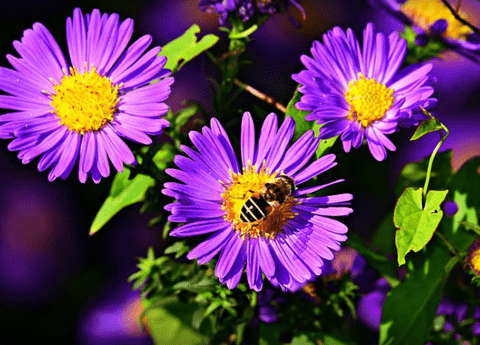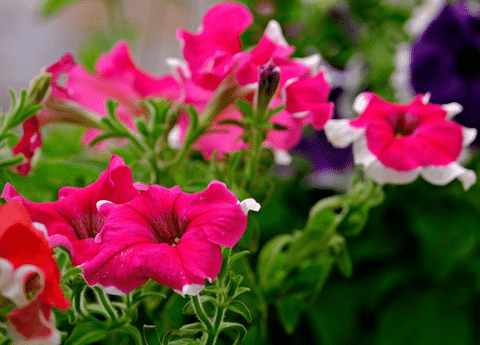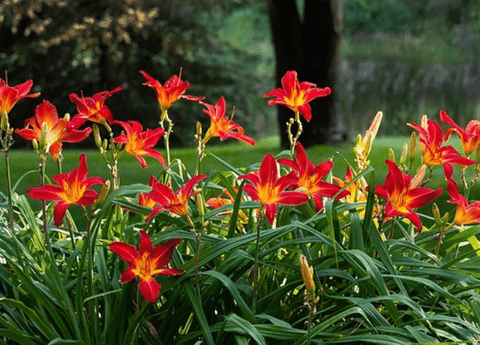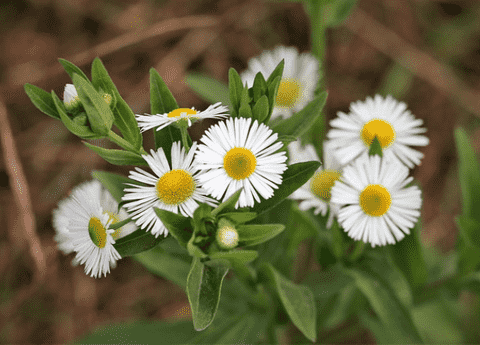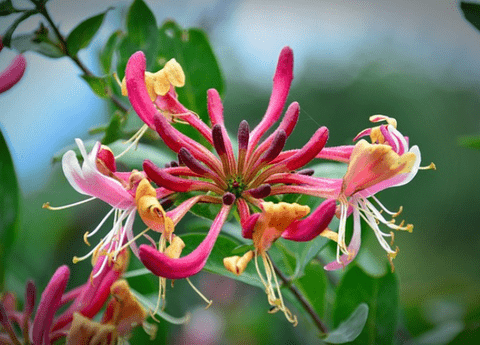Beginner’s Guide to Dahlia Gardening: Essential Tips for Thriving Plants
Dahlia gardening offers an incredibly rewarding experience, with their vibrant blooms and variety of forms adding splashes of color to any garden. For beginners, diving into the world of dahlias can seem daunting, but with the right guidance, anyone can cultivate these stunning flowers with ease. From selecting the right varieties to understanding the essentials of planting, watering, and maintenance, this guide will provide you with the foundational knowledge needed to achieve thriving dahlia plants. Embark on your gardening journey and discover the joy of nurturing these beautiful blossoms in your very own backyard.
Getting Started with Dahlias
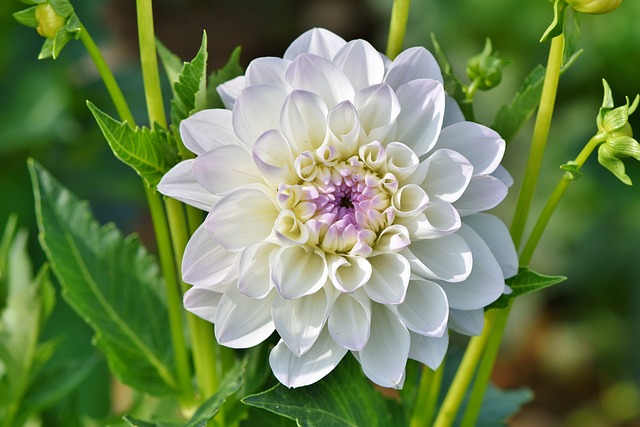
Choosing the Right Variety
Selecting the right dahlia variety is crucial for a successful gardening experience. Dahlias come in various sizes, colors, and forms, ranging from small pompons to large dinner plate blooms. For beginners, it’s wise to start with varieties known for their hardiness and ease of care, such as ‘Bishop of Llandaff’ or ‘Mystic Illusion’. Consider your garden’s climate and space; some dahlias thrive in cooler climates, while others prefer warmer regions. Additionally, think about the height of the plants—dwarf varieties are excellent for containers, while taller types are ideal for garden beds. By choosing the right dahlia variety, you set the foundation for a thriving and visually stunning garden.
Preparing Your Soil
Proper soil preparation is essential for growing healthy dahlias. Dahlias thrive in well-drained, fertile soil with a pH level between 6.0 and 7.5. Start by selecting a sunny location in your garden since dahlias require at least 6-8 hours of direct sunlight daily. Before planting, enrich your soil with organic matter such as compost or well-rotted manure to enhance its nutrient content and structure. If your garden soil is heavy with clay, try incorporating sand or perlite to enhance drainage. Loosen the soil to a depth of about 12 inches to encourage root growth and ensure better water infiltration. By preparing your soil meticulously, you create an optimal environment for your dahlias to flourish.
Planting Your Dahlias
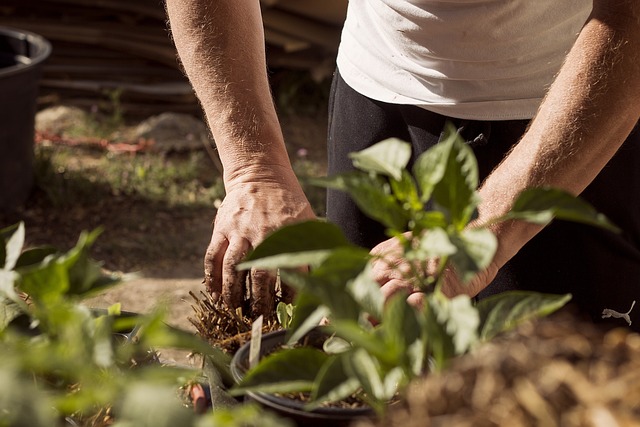
Planting dahlias correctly sets the stage for robust growth and vibrant blooms. Begin by planting dahlia tubers in the spring, after the danger of frost has passed. Dig a hole about 6-8 inches deep, and position the tuber horizontally with the ‘eye’ facing up. Cover the tuber with about 2-3 inches of soil initially; as the plant grows, gradually fill in the hole with additional soil. Space the tubers about 18-24 inches apart to ensure adequate airflow and room for growth. Water the newly planted tubers thoroughly to help them settle into their new environment. By following these planting tips, you’ll give your dahlias the best start possible.
Caring for Your Dahlia Plants
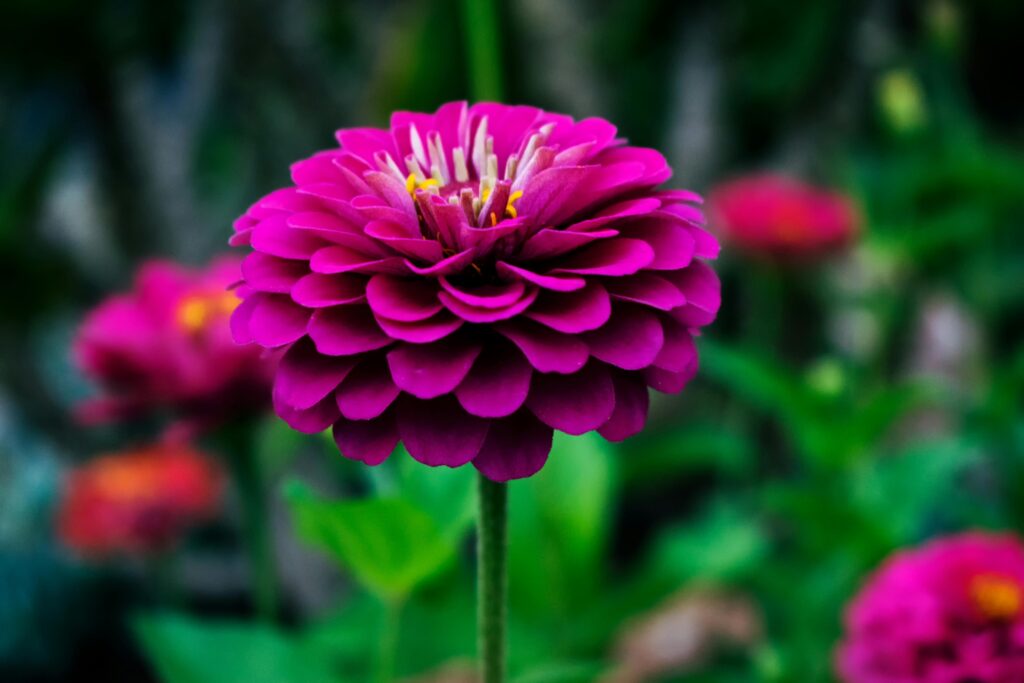
Watering and Fertilizing
Proper watering and fertilizing are key to maintaining healthy dahlia plants. Dahlias require consistent moisture, especially during their growing season. Water deeply once or twice a week, making sure the soil stays moist without becoming waterlogged. Early morning watering is ideal to allow foliage to dry during the day, reducing the risk of fungal diseases.
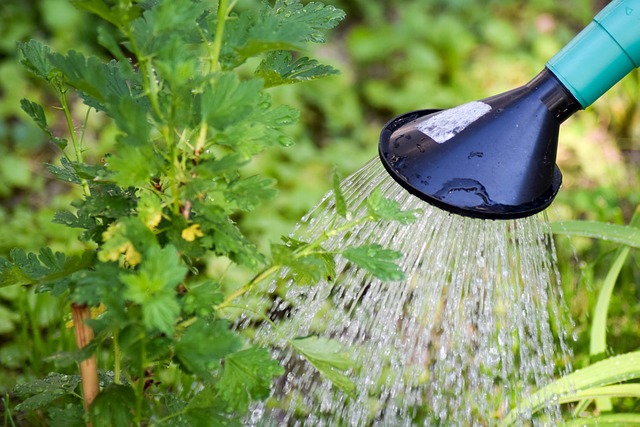
When it comes to fertilizing, start with a balanced fertilizer (10-10-10) when planting, and continue with a low-nitrogen fertilizer every 3-4 weeks throughout the growing season. Excessive nitrogen can lead to vigorous foliage growth while reducing the number of blooms. Organic options, like compost tea or fish emulsion, are also excellent choices for feeding your dahlias. By adhering to these watering and fertilizing practices, you’ll support robust growth and abundant flowering in your dahlia plants.
Pruning and Deadheading
Pruning and deadheading are essential tasks to keep your dahlia plants healthy and blooming profusely. Pruning involves removing weaker stems to allow the plant to focus its energy on producing stronger, more vigorous growth. Start by pinching out the growing tips when the plant reaches about 12-16 inches in height; this encourages bushier growth and more flower production.
Deadheading, or removing spent blooms, is equally important. Regularly snip off faded flowers just above the nearest set of leaves to stimulate the production of new blooms. This practice not only keeps your dahlias looking tidy but also extends their flowering season. To prevent the spread of diseases, always ensure your tools are clean and sharp. By consistently pruning and deadheading, you’ll ensure your dahlias remain vibrant and continue to produce stunning flowers throughout the growing season.
Preventing Pests and Diseases
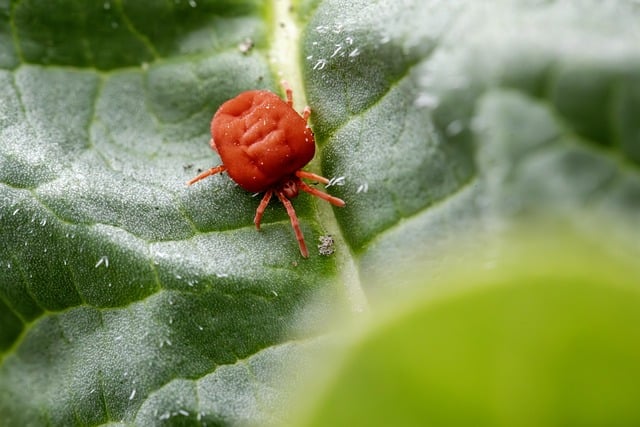
Preventing pests and diseases is crucial for the health and longevity of your dahlia plants. Common pests such as aphids, spider mites, and slugs can be managed through regular inspection and prompt action. Introduce beneficial insects like ladybugs or use organic insecticidal soap to keep pest populations under control.
To prevent diseases like powdery mildew and root rot, ensure proper spacing for adequate air circulation and avoid overhead watering. Mulching can help retain soil moisture while keeping the foliage dry. It’s also important to remove any diseased or dead plant material promptly to prevent the spread of pathogens. Rotate your planting locations yearly to reduce the risk of soil-borne diseases. By staying vigilant and taking preventive measures, you can protect your dahlias from common pests and diseases, ensuring a thriving garden.

